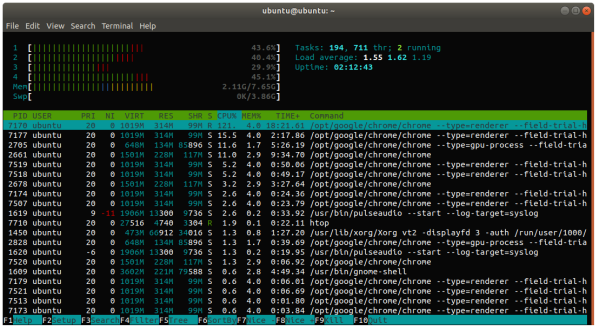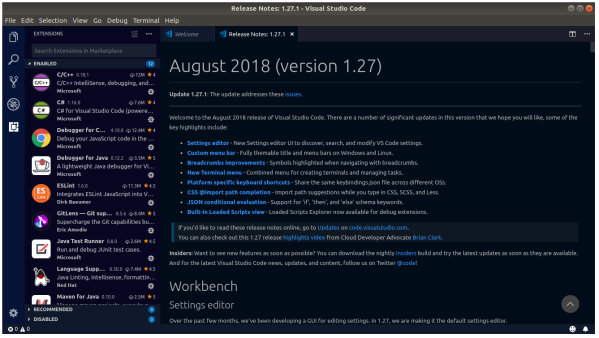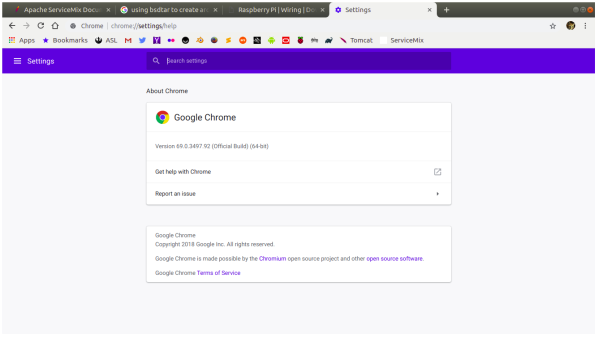I have, since late 2013, written on this blog about turning a Samsung R580 notebook into a personal Linux machine running Ubuntu. I won’t link, just search for Samsung and/or R580 to pick up the majority of the posts. The machine was originally purchased for my oldest daughter from Office Depot, and it came installed with Windows 7 Home Premium, or so the sticker on the bottom says. One day the Windows installation just seemed to eat itself up (probably due to a virus; my oldest wasn’t too careful in those days). I bought her a new one and put the R580 on the shelf for about six months. Then in late 2013 I pulled it down and for the hell of it installed Ubuntu 13.10 over Windows 7. And I haven’t looked back.
Not only have I kept it running Ubuntu since 2013, but I’ve also upgraded the hardware over the years, replacing the HDD with a 1TB Samsung Evo SDD when they got cheap enough and doubling the DRAM from 4GiB to 8GiB. It has done yeoman duty these past seven years. It was the first, and primary, Linux development platform, especially in support of my initial Raspberry Pi setup and support efforts.
All that changed over the past year as the R580 began to erratically fail. At first I thought the R580 was finally reaching end-of-life. But I discovered that the problem was with the power connector. It would fail to electrically connect with the power brick, and thus, the battery would run down and it would shut down. It got so bad that it went into the bag almost permanently around Halloween of last year. I wondered at the time if I would buy a replacement from System76.
Well, retirement and a fixed income can put the kibosh on grandiose plans that call for lots of cash. So I went looking around on YouTube to find any tutorials on fixing that R580 problem, found one I understood, ordered the replacement part from Amazon, and then spent two hours one evening disassembling this beast, replacing the power connector, and putting it all back together again. I had no leftover parts and it looks like I plugged every cable back in properly, because it came back on the first time I checked it out.
I have every intention of trying to update the R580 to Ubuntu 20.04 LTS, and leave it there, just like I’ve left it on 18.04 LTS. It does all I need, it’s speedy enough, and $5 is a damn sight cheaper than $100s for a new machine. Yes, retirement on a fixed income turns you into a cheap old bastard real fast.





You must be logged in to post a comment.